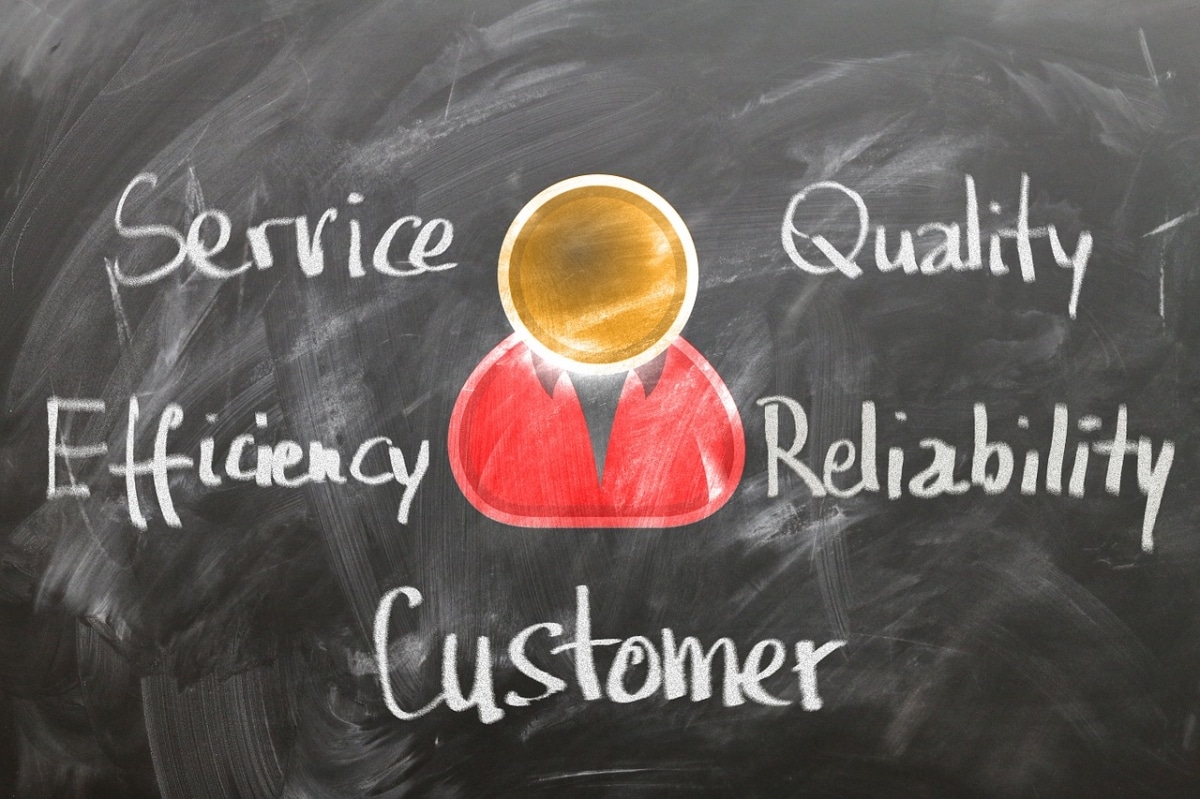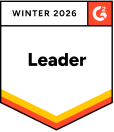
Meeting customer expectations can be a challenge in today’s competitive business world. With an understanding that every client is different and should be treated individually, you should also take a closer look on metrics that overall can help you improve your customer service and therefore, increase your company’s revenue.
Learn how to provide excellent customer service
There are a few most crucial metrics you should consider while setting up your KPI’s (which stands for Key Performance Indicators). Thanks to them you can enhance your call center efforts. That way cutting costs goes along with boosting seamless customer experience. How long do your clients need to wait for a conversation? How many calls does it take to solve a problem for your team? How long is an average call?
Data-driven customer support is more likely to provide better service and thus, help you gain clients’ loyalty and increase sales.
It’s high time to optimize your call center – get inspired by the global findings and our recommendations.
5% – 8% call centers use compound calls.
The process preceding the actual call is crucial for successful customer service. Usually, customers end calls while waiting for an answer or during the interaction with IVR (interactive voice response) menu.
Your customers contact you for a reason. They probably need your help and want to get it as fast as possible. That is why the IVR system should be simple and effective. A complicated menu can not only cause the end of the given call but also prevent the caller from future contact. It is an important part a customer experience, and should not be neglected.
TIP#1 Optimize groups of calls.
Create multiple groups to categorize customers regarding their localization or type of needed support. Also, divide operators into groups according to the skills they have. Make sure your IVR menu is set intuitively and the caller quickly reaches the most suitable operator. That way you can provide faster and better calls.
28 seconds is the average waiting time to contact the operator.
This is the average time the caller spends waiting in a queue to contact the operator – from the moment he or she joins the line (after pressing the last call in the IVR menu, for example) until one of the operators starts a conversation.
Do not let your customers lose interest in contacting your company!
TIP#2 Set a maximum number of pending calls to the operator.
Other callers will be redirected to voicemail to reduce excessive waiting time.
TIP#3 Use a callback option.
Offer your customers the option to call them back automatically so they do not have to wait in a queue for a call. Take advantage of the technology to avoid frustration and meet customer expectations.
TIP#4 Provide the right number of operators.
Estimate volume of incoming calls to ensure you have enough operators. It is essential, especially during your busy hours, to serve as many calls as possible and reduce caller waiting time.
4 minutes is an average duration of a call.
The shorter your average call time is, the more powerful your call center becomes. The reason behind it is simple – with a short duration of a call, both callers and operators do not have to waste time. In addition, “fast” operators increase the overall performance of your call center.
TIP#5 Enable easy access to customer information.
Integrate your CRM, E-commerce, Helpdesk or business tools and you will see all customer information and their activities in one place. When your operators do not have to search for information across different systems, their call times will be significantly shorter.
TIP#6 Provide solid training for the operator.
Prepare scripts with the most popular questions and problems. On recorded calls, you can demonstrate both correct and incorrect operator behavior to address caller issues. Knowing different approaches
to solving one problem will show them how to speed up the whole call process.
70% – 75% of customers’ problems are solved during the first call.
It is a metric that best expresses customer satisfaction, your team’s efficiency and the overall performance of your call center – the three main priorities of call center managers. Nowadays, people prefer companies with high-quality customer support before those who have lower prices, but their customer service is poor. Therefore, do your best to ensure that your customers are satisfied with your services.
TIP#7 Analyze calls which haven’t finished with a solution.
Thanks to the recording call feature you can access all calls from your browser. Take a closer look on a conversation which did not solve issues. The more you know about your customers and the reasons they call you, the more you will be ready to adequately meet their needs.
TIP#8 Direct right issues to right operators.
Routine questions can be usually solved by junior team members, while some of them should be answered by someone experienced in a field (for example someone who can provide technical knowledge).
TIP#9 Provide FAQs on your website
Present as much information as possible to resolve customers’ problems even before their first call. Even if the call is still needed, customers can be better informed so that you can meet their requirements faster.
80% of calls starts in less than 20 seconds of waiting.
Do not let callers wait in line for longer than they expect. Set your KPIs and improve the quality of your customer service.
TIP#10 Plan the number of working operators optimally.
Right in the system interface, you can see the exact statistics of your call center, which you can filter by various parameters. You can also see the total number of calls, missed calls, average call duration, or average waiting time. Identify a “prime-time” for your company and make sure your team is prepared to receive so many calls at that time.
TIP#11 Reduce average operator time after call completion.
It is the time when an operator needs to complete all the things related to the call he just ended. Global metrics for “Wrap-up Time” in call centers are 6 minutes. With a call center system, you have everything in one place so that operators can enter important information directly during the call.
In order to provide the best customer service, you should make reasonable adjustments, consistently measure and process the values of your metrics that are relevant to your business area. By comparing your metrics with global results you can have an overview of the quality of your customer service.
CloudTalk is a powerful call center software that can help you stay up-to-date with the latest customer service trends. With advanced features like IVR, Real-time card, Call back, Caller ID view, International numbers, Real-time statistics, and Historical reporting – your company will better meet customer needs. Integrating CloudTalk with the leading business, CRM and e-commerce tools allows making personalized conversations with your customers in real time. In fact, all important statistics and analysis displayed in a single dashboard will enable you to make the right decisions based on relevant data.
















